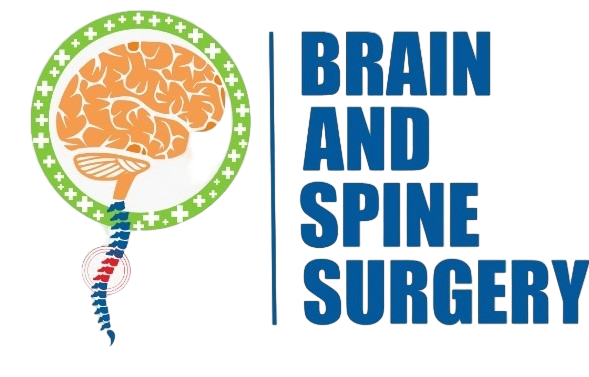Parkinson’s disease is a condition that affects the nervous system and leads to the progressive degeneration of brain cells. The disease is a global health concern, affecting millions of people worldwide.
While medication can help manage symptoms to some extent, it often comes with side effects and loses effectiveness over time.
For people with Parkinson’s, deep brain stimulation (DBS) offers a promising solution. This innovative treatment involves implanting a device in the brain that delivers electrical impulses to specific areas, regulating abnormal brain activity and improving symptoms such as tremors, stiffness, and difficulty with movement. The new Brain-sensing technology enables the device to sense abnormal brain signals and modify them accordingly.
What is DBS?
DBS for Parkinson’s is a surgical procedure that involves implanting thin electrodes into specific areas of the brain responsible for controlling movement.
These electrodes deliver electrical pulses, disrupting abnormal brain activity and alleviating Parkinson’s symptoms like tremors, stiffness, and slowness. It’s like a tiny pacemaker for the brain, regulating its electrical activity.
How Does DBS for Parkinson’s Work?
The DBS system comprises three main components:
1. Electrodes: These are implanted into specific brain areas like the subthalamic nucleus or globus pallidus.
2.Extension wires: These connect the electrodes to a neurostimulator implanted under the skin, usually in the chest.
3.Neurostimulator: This battery-powered device delivers electrical pulses to the brain, controlled by an external programmer.
Benefits of brain surgery for Parkinson’s Disease
There are multiple benefits:
1.Significant improvement in motor symptoms: DBS can significantly reduce tremors, rigidity, and slowness, leading to enhanced mobility, independence, and quality of life.
2.Reduced medication needs: DBS can often reduce medication dosage, minimizing side effects and improving tolerability.
3.Long-term efficacy: Studies demonstrate the long-term effectiveness of DBS over several years.
4.Improved quality of life: DBS can significantly improve patients’ ability to participate in daily activities, socialize, and live fulfilling lives.
Right candidate for DBS surgery for Parkinson’s disease?
Ideal candidates for DBS surgery are individuals who have advanced Parkinson’s disease and are experiencing persistent motor symptoms despite optimal medication therapy.
DBS surgery may also be recommended for individuals who are experiencing significant medication side effects, such as involuntary movements or hallucinations.
Finally, it is important to note that ideal candidates for DBS surgery should have good cognitive function, as well as the ability to cooperate with the procedure and follow-up care.
Future of DBS for Parkinson’s Disease
Deep Brain Stimulation (DBS) is a growing field that uses implanted electrodes to regulate brain activity.
As researchers develop new ways to make it better. They are working on systems that can adjust stimulation based on brain activity and smaller devices for better comfort.
They are also looking at DBS as a treatment for other conditions like Alzheimer’s and depression. These improvements will help patients with neurological disorders.
Conclusion
DBS is a powerful tool for improving the lives of people with Parkinson’s disease. It offers hope for a better future by alleviating symptoms and allowing individuals to regain control of their lives.
As technology continues to advance, DBS holds even greater promise for improving the quality of life for millions affected by this debilitating disease.



Leave a Reply